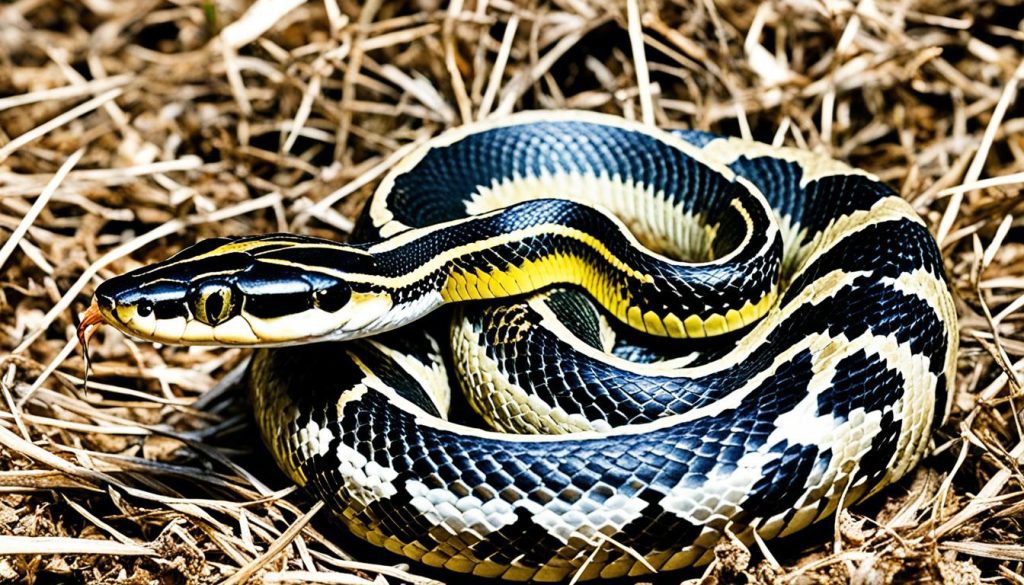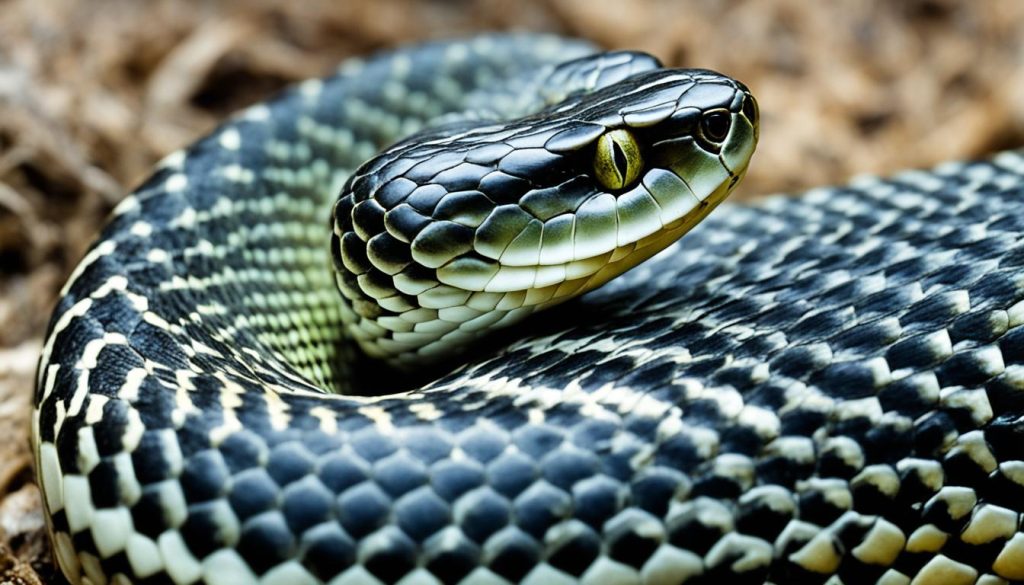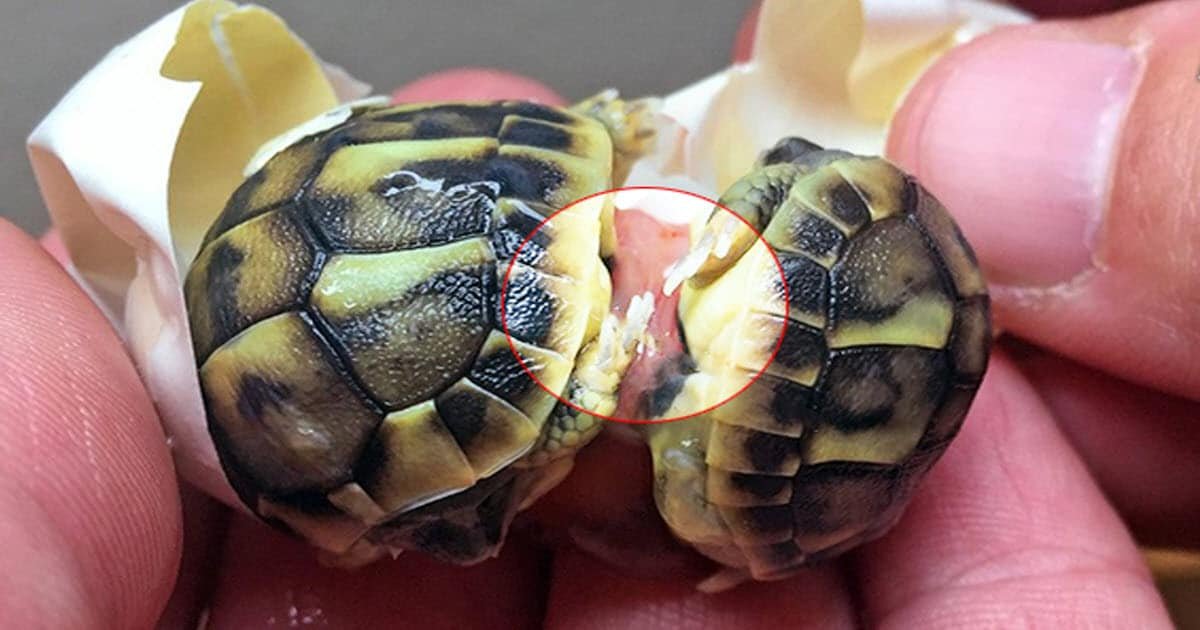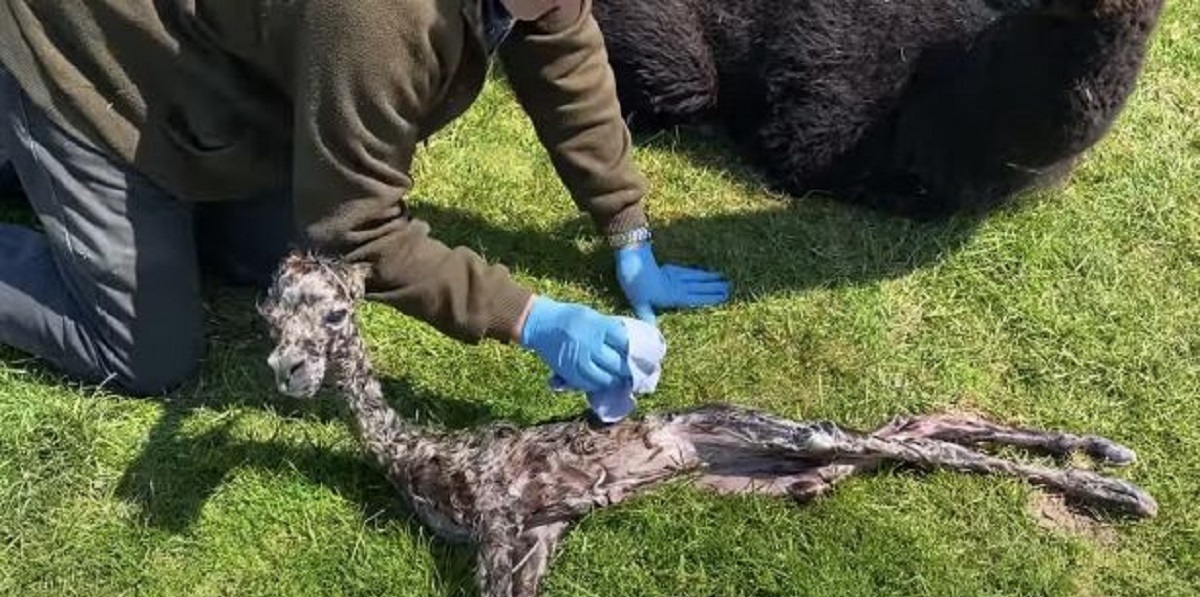Have you ever wondered what snakes eat? These fascinating creatures have a diverse diet that encompasses a wide range of prey. From insects and small mammals to birds, frogs, and even other snakes, snakes have unique dietary preferences that reflect their species, habitat, and seasonal availability of food. Understanding what snakes eat and their feeding behavior provides a glimpse into their intricate role in ecosystems and their nutritional requirements. In this article, we will explore the diet of snakes, their hunting habits, and their significance in the food chain.
What Do Snakes Eat
- Snakes have a diverse diet that includes insects, small mammals, birds, frogs, and even other snakes.
- The specific types of food a snake consumes depend on its size, species, habitat, and seasonal availability.
- Snakes use various hunting strategies, such as ambush tactics and prey detection using specialized features like forked tongues and pit holes.
- Adult snakes typically eat once a week, while younger snakes may eat more frequently.
- Snakes play an important role in the food chain as predators and prey, controlling populations of small mammals, birds, and insects.
Types of Snakes and Their Diets
Different snake species have unique culinary preferences. Understanding their dietary choices provides fascinating insights into the diverse world of snakes.
1. Rattlesnakes: These venomous snakes have a taste for small mammals and birds, making them formidable predators in their habitats.
2. Pythons: Known for their impressive size and strength, pythons can consume large animals like deer and antelopes.
3. King Snakes and Cobras: These snakes have a particular affinity for other snakes and lizards, making them master reptile hunters.
4. Garter Snakes: These slithering creatures have a preference for fish and amphibians, making them frequent visitors to wetlands and ponds.
5. Sea Snakes: As aquatic creatures, sea snakes primarily feed on fish and eels, showcasing their specialized hunting abilities in the marine world.
6. Other Species: There are numerous other snake species, each with their own culinary inclinations. From tree-dwelling snakes that feed on birds and eggs to burrowing snakes that target small rodents, the dietary preferences of snakes are as diverse as the ecosystems they inhabit.
Understanding the dietary preferences of different snake species not only enhances our understanding of their behavior but also aids in snake conservation efforts and the preservation of biodiversity.
Snake Feeding Behavior
Snakes have mastered various hunting strategies to capture their prey effectively. Each snake species has its unique approach, depending on its habitat and characteristics.
Ambush Predators
Some snakes are skilled ambush predators, patiently biding their time until prey comes within striking range. These snakes rely on their excellent camouflage and remain motionless, blending seamlessly with their surroundings. When the opportunity arises, they strike swiftly and decisively, ensuring a successful hunt.
Active Predators
Other snakes take an active approach to hunting, actively pursuing their prey. These snakes possess impressive speed, agility, and predatory instincts. They track down their quarry, employing tactics like rapid movements and cornering to secure a meal.
Sensory Detection
Snakes have extraordinary sensory capabilities that aid them in detecting and locating their prey. Forked tongues allow snakes to sample the chemical traces in the air, enabling them to sense nearby food sources. Additionally, pit holes located on the sides of their heads can detect heat signatures, helping them locate warm-blooded animals, such as mammals or birds.

Understanding the remarkable hunting strategies of snakes allows us to appreciate their impressive hunting skills and survival mechanisms.
Frequency and Amount of Snake Feeding
When it comes to the frequency and amount of snake feeding, there are several factors to consider. Adult snakes typically eat once a week, while younger snakes may eat more frequently, up to twice a week. However, these guidelines can vary depending on various influences.
The size of the snake plays a crucial role in determining its feeding schedule. Larger snakes require larger prey, which means they need to eat less frequently compared to smaller snakes. A snake’s age also affects its food consumption, with younger snakes needing more nourishment to support their growth and development.
Health and activity level are significant factors in snake feeding. A healthy and active snake may have a higher metabolic rate, resulting in more frequent and larger meals. On the other hand, if a snake is not feeling well or has a reduced level of activity, it may eat less often or consume smaller portions.
Reproductive status is another factor that influences a snake’s feeding behavior. During breeding season, snakes may change their feeding patterns. Some species may decrease their food intake, while others may even stop feeding altogether. The demand for energy during reproduction can alter the frequency and amount of food a snake consumes.
Other circumstances, such as shedding, can also impact a snake’s feeding habits. Before shedding their skin, snakes may exhibit a decreased appetite. This period of reduced feeding is a natural part of the shedding process and should not cause concern.
Snake Digestion Process
Snakes have a unique way of consuming their food. Due to the absence of teeth for chewing, snakes swallow their prey whole. Their incredible ability to stretch their jaws and specialized muscles allows them to consume prey that is larger than their own heads. It’s truly fascinating to see the way snakes can accommodate such large meals.
After swallowing their prey, the process of digestion begins. The prey moves down the snake’s esophagus and into its stomach. In the stomach, powerful digestive enzymes break down the prey’s tissues and dissolve them, allowing for absorption of nutrients. This digestion process can take several days, and it also depends on the size of the prey ingested. Larger prey items require more time to fully digest.
During digestion, snakes undergo a remarkable transformation. The nutrients from the prey’s body sustain the snake’s energy and provide nourishment for growth, maintenance, and reproduction. It’s truly a marvel of nature to witness how snakes’ bodies have evolved to efficiently process and extract nutrients from their meals.

Snakes in the Food Chain
Snakes play a crucial role in the food chain, serving as both predators and prey. They contribute to the balance and stability of ecosystems by controlling the populations of small mammals, birds, and insects. Snakes ensure that these populations do not exceed their carrying capacity, thus preventing overconsumption of resources and maintaining the overall health and biodiversity of their habitats.
While snakes hold a position as predators, they are also targeted by other animals who consider them as a source of food. Predators such as wild boars, birds of prey, coyotes, and other carnivorous animals view snakes as a valuable component of their own diet. This interdependence among different species creates a delicate web of life in which the survival and well-being of each participant are intricately intertwined.
To fully appreciate the significance of snakes in the food chain, it is important to acknowledge the unique role they play in maintaining ecological balance. By regulating the populations of their prey and serving as a valuable food source for predators, snakes contribute to the stability and resilience of ecosystems. Furthermore, their presence ensures a diverse and thriving natural environment, enriching our planet with its beauty and wonder.
Snakes as Pets and Conservation
Some snakes are kept as pets, and their diet should be carefully considered to ensure their nutritional needs are met. As responsible pet owners, it is important to provide our pet snakes with varied and appropriately sized prey that aligns with their natural diet. This includes options such as mice, rats, and other small mammals, as well as birds, frogs, and even insects like crickets and worms. By mimicking the diet of snakes in the wild, we can promote their overall health and well-being.
But the importance of understanding snake diets goes beyond just pet care. It also plays a crucial role in snake conservation and promoting biodiversity. By knowing the specific dietary preferences and nutritional requirements of different snake species, conservationists can better protect and preserve their natural habitats. This knowledge helps in devising effective conservation strategies and ensuring these fascinating creatures continue to thrive in their ecosystems.
Snakes are integral to the delicate balance of nature. They play a vital role in controlling populations of small mammals, birds, and insects, helping to maintain the health and diversity of ecosystems. By appreciating the importance of snake stewardship, we can actively contribute to the conservation of these remarkable creatures and the preservation of our natural world.
Conclusion
Snakes are fascinating creatures with a diverse culinary palate that contributes to the overall balance and biodiversity of ecosystems. From insects to mammals, birds to other snakes, snakes have specific culinary preferences that play a crucial role in maintaining the delicate interconnectedness of life on our planet.
Understanding snake diets is not only important for pet care but also for conservation efforts. By providing varied and appropriately sized prey for pet snakes, we ensure they receive the necessary nutrition for their well-being. Additionally, appreciating the dietary habits of snakes helps us recognize their importance in the larger ecosystem and promotes a sense of stewardship towards these captivating creatures.
Snakes occupy various niches in the food chain, acting as both predators and prey. They help control populations of small mammals, birds, and insects, contributing to the health and diversity of their habitats. Protecting the dining habits of snakes is essential for maintaining a harmonious coexistence with these remarkable creatures and preserving the delicate balance of our ecosystems.






